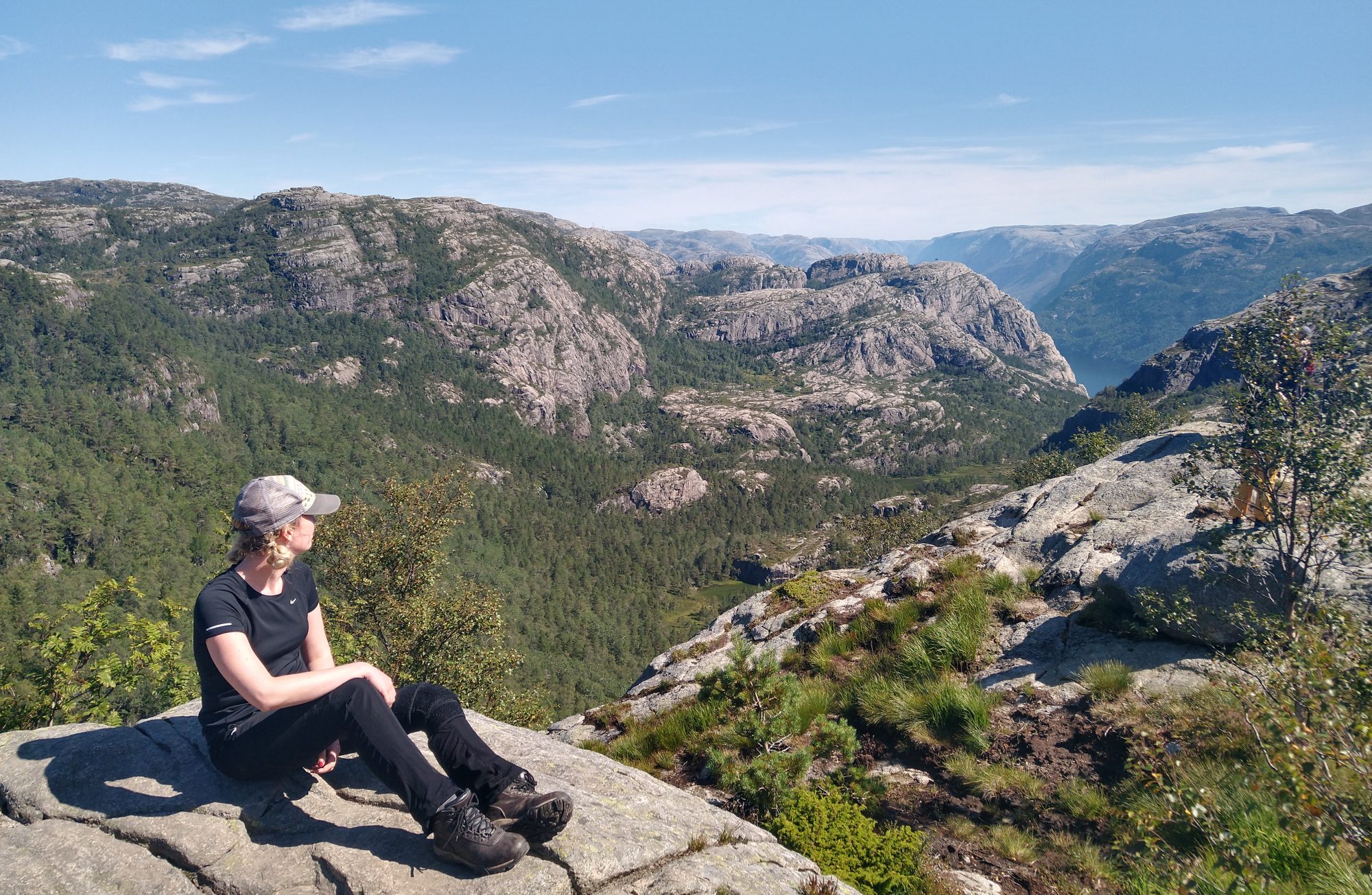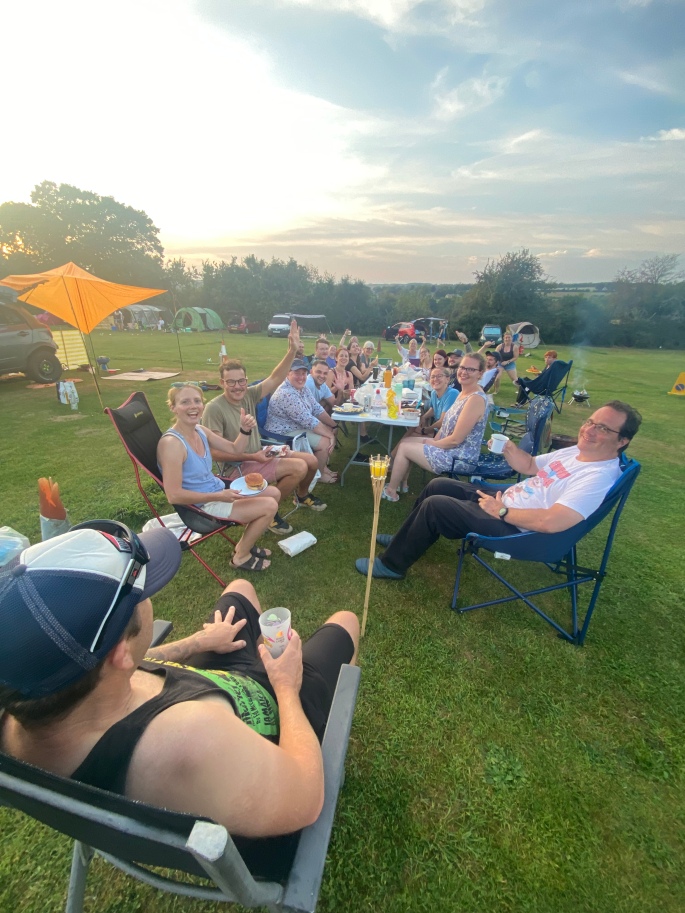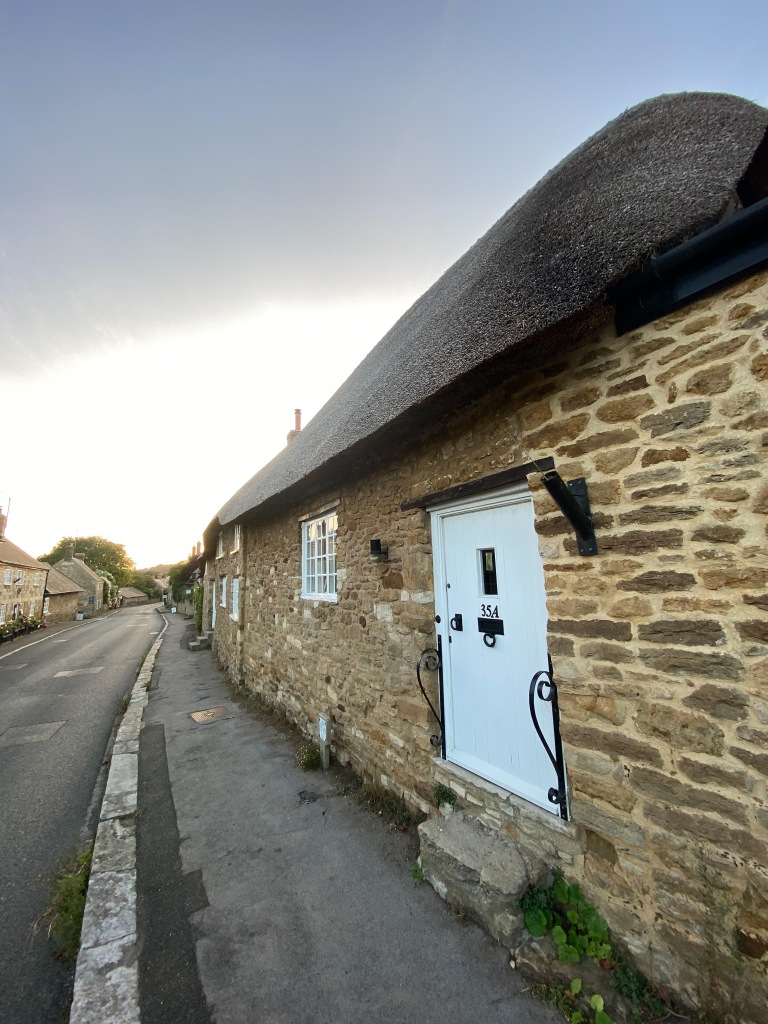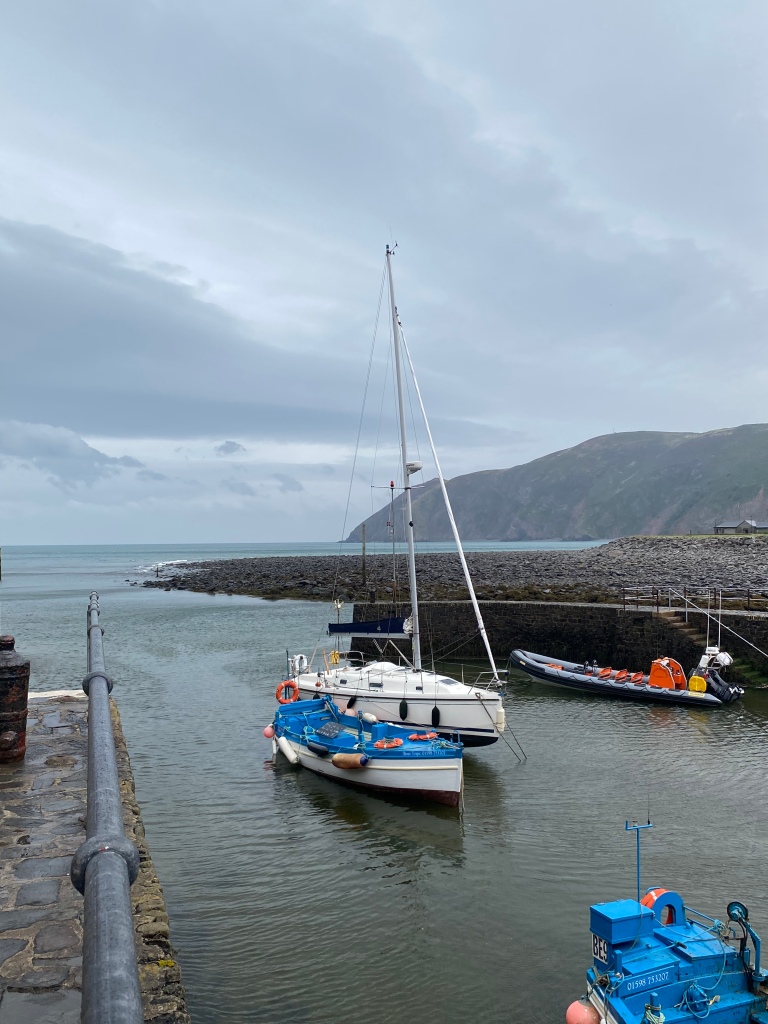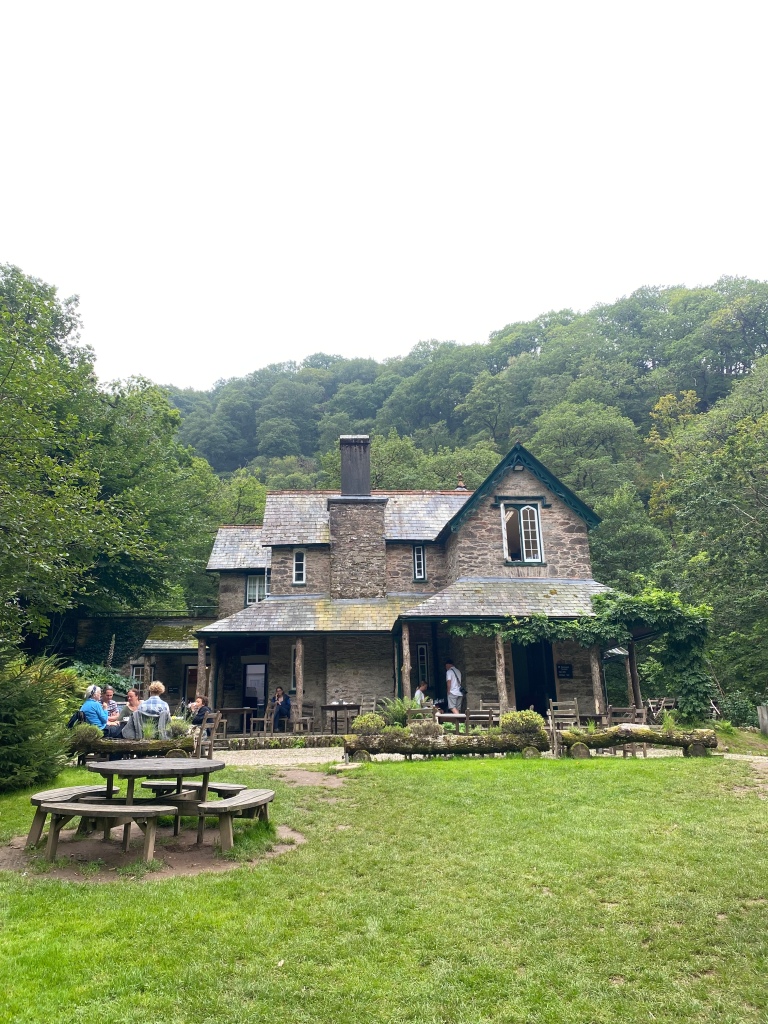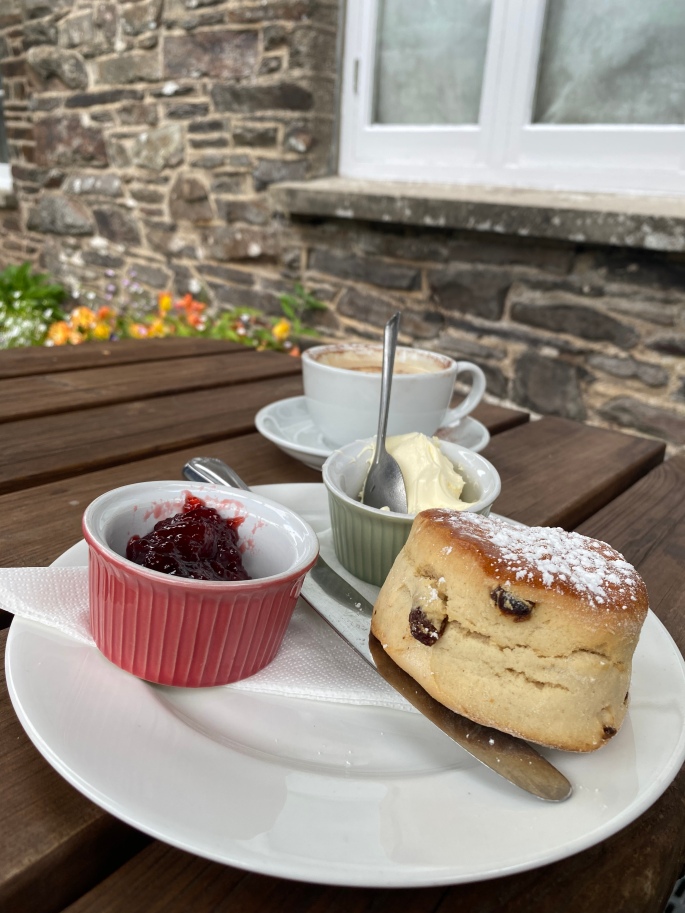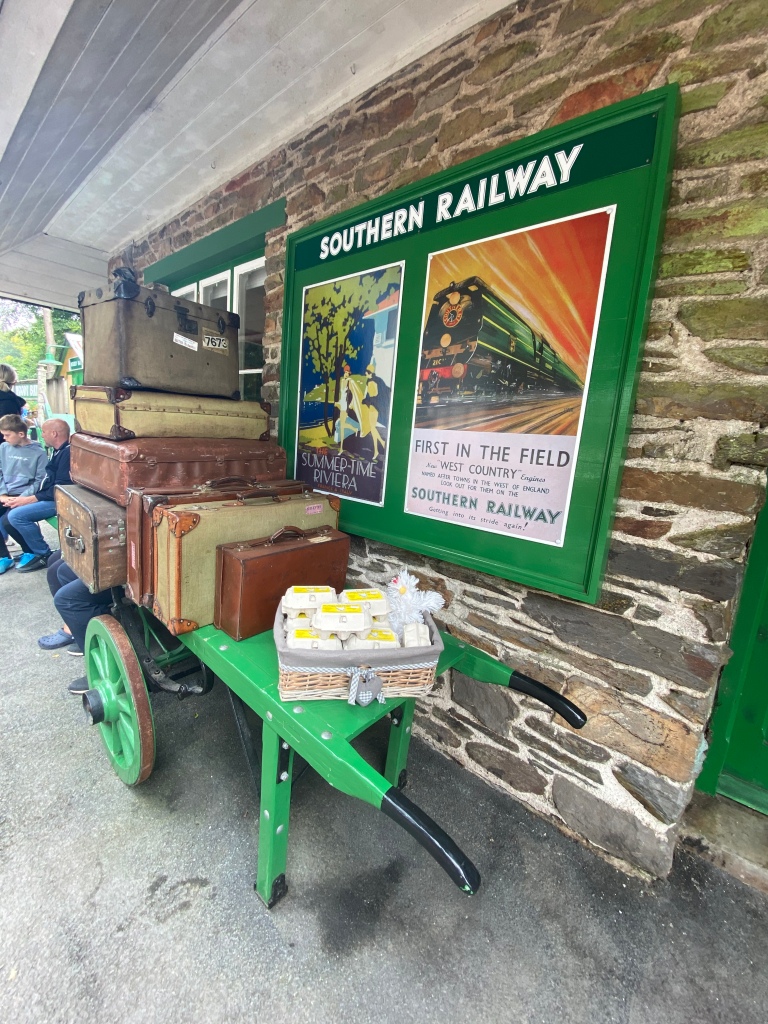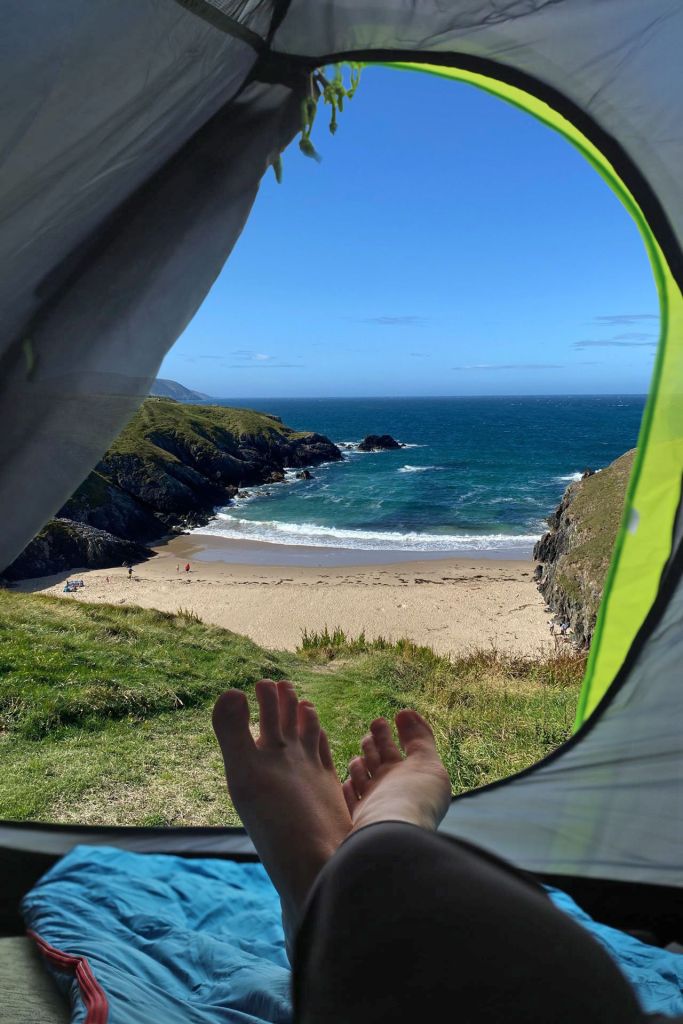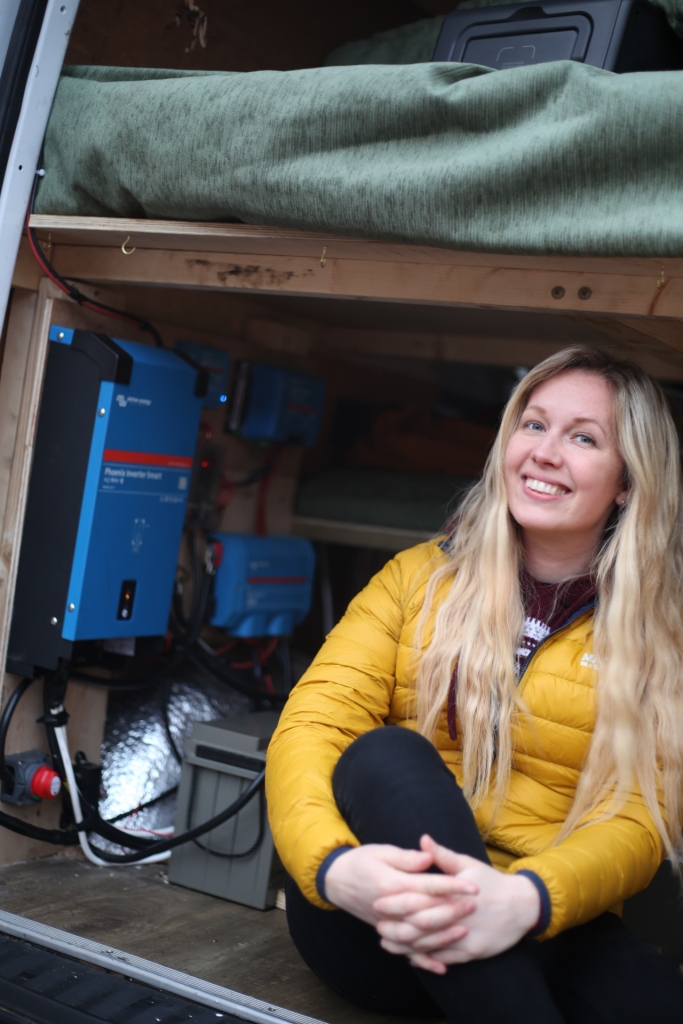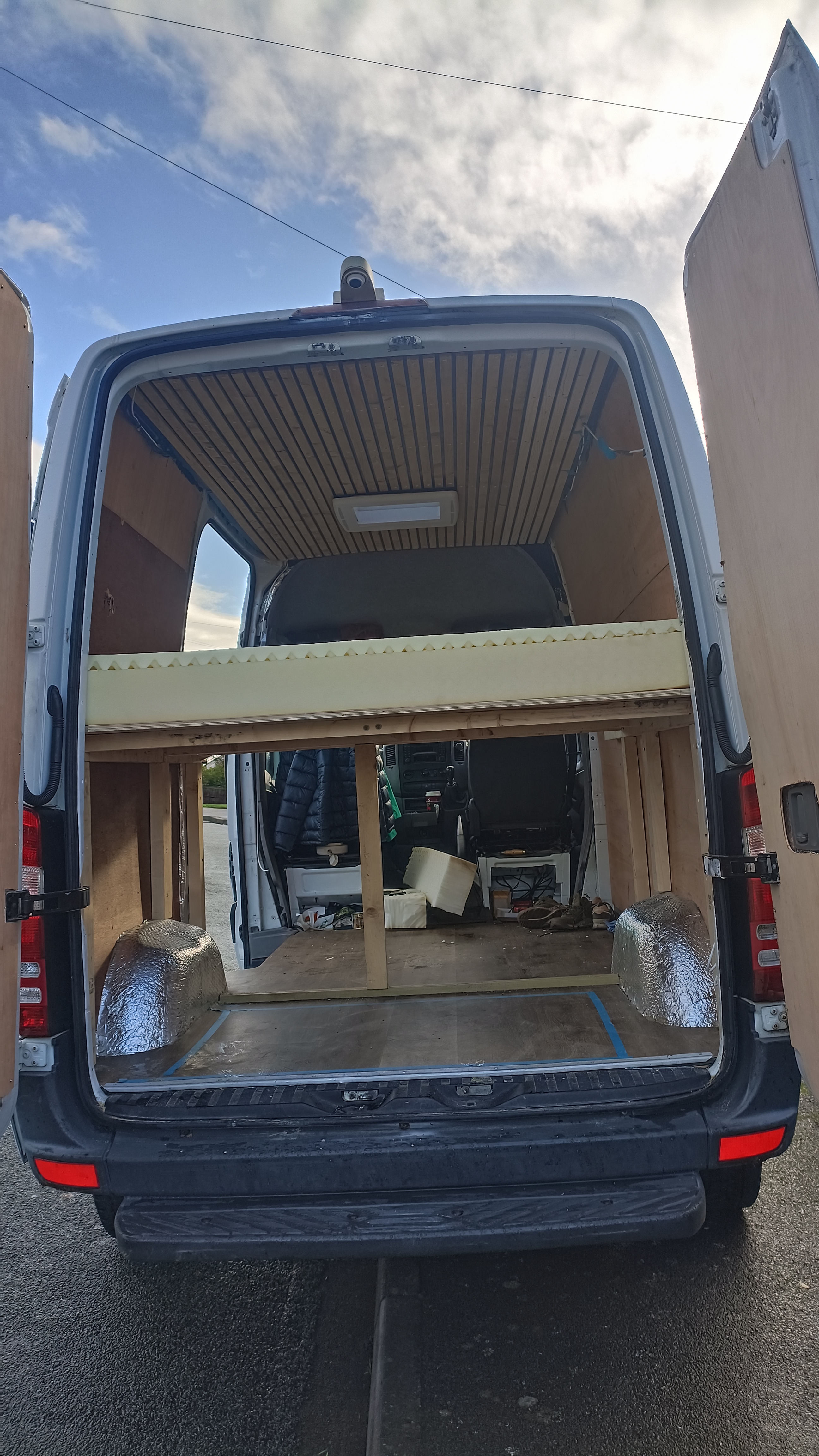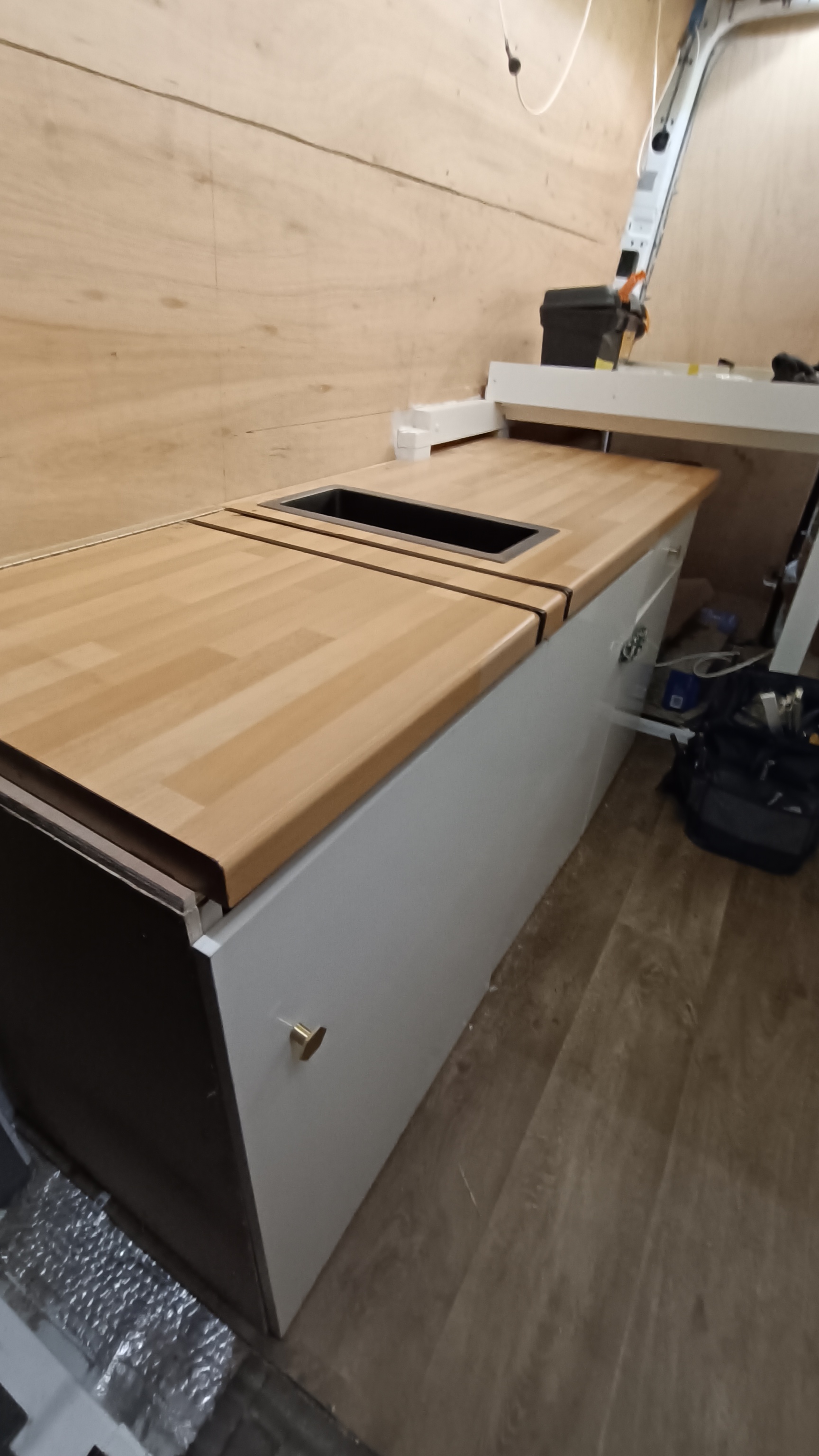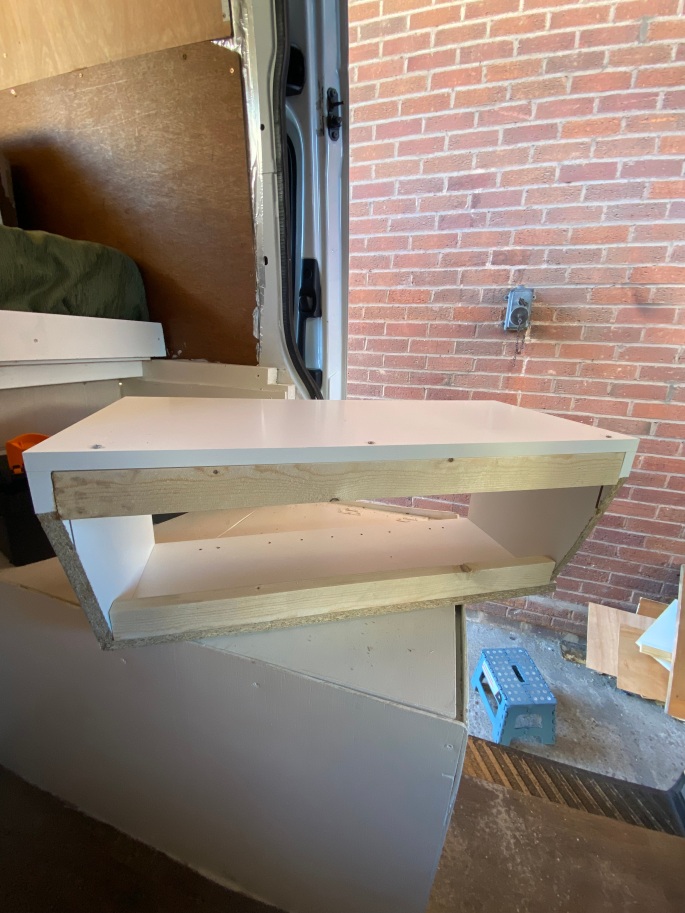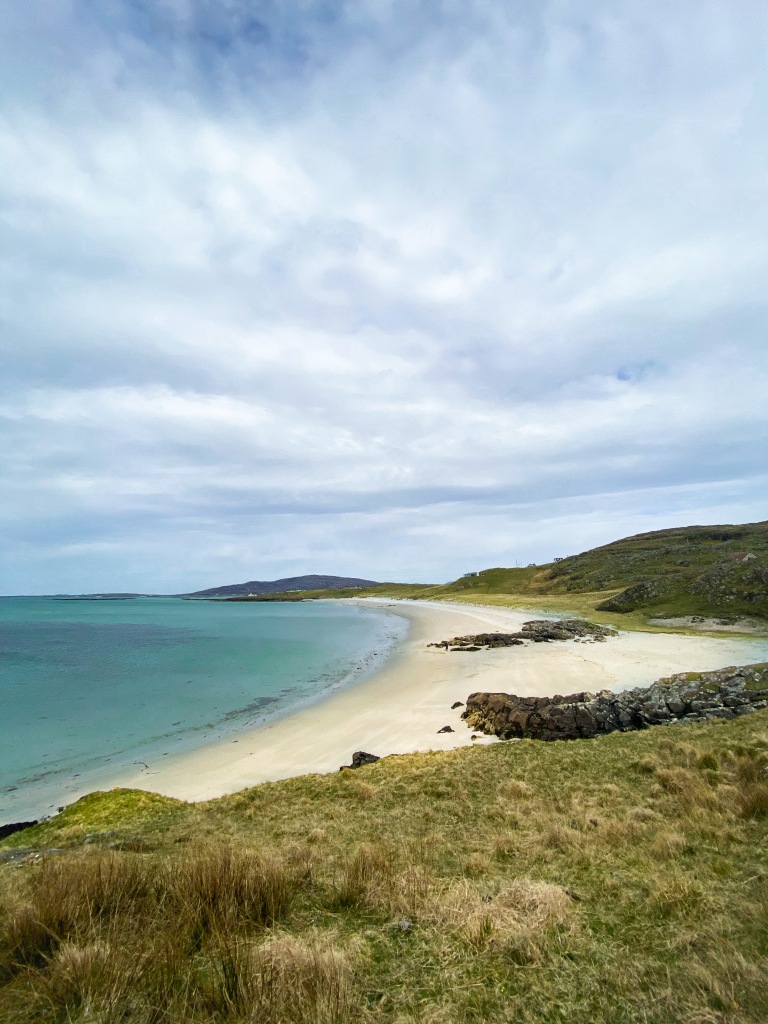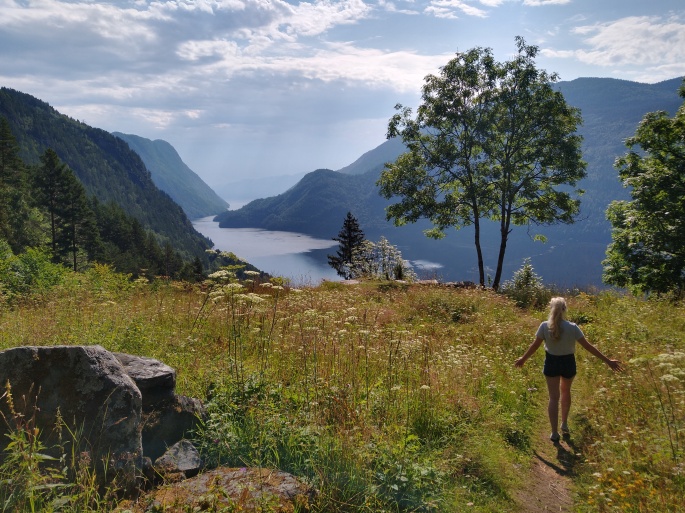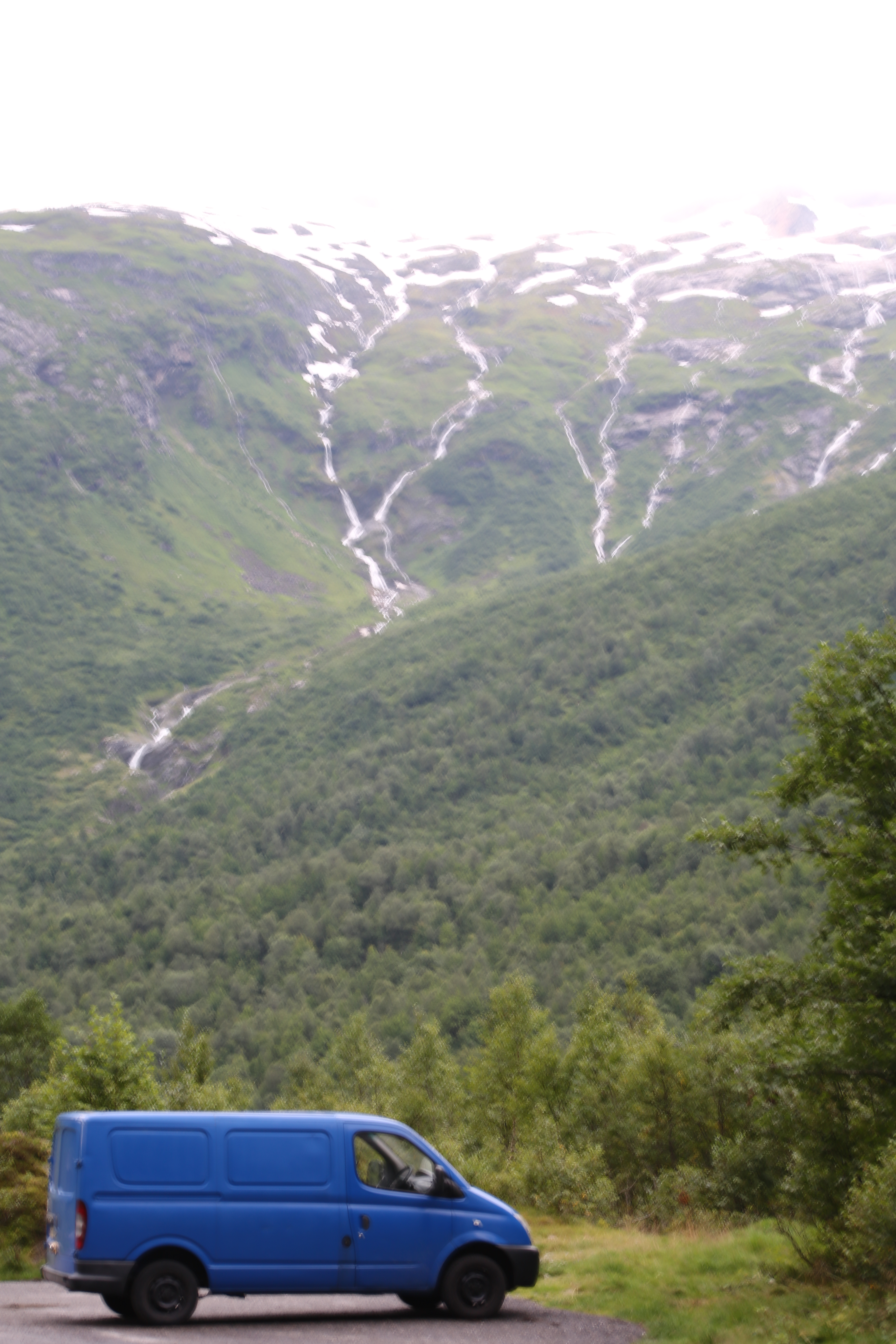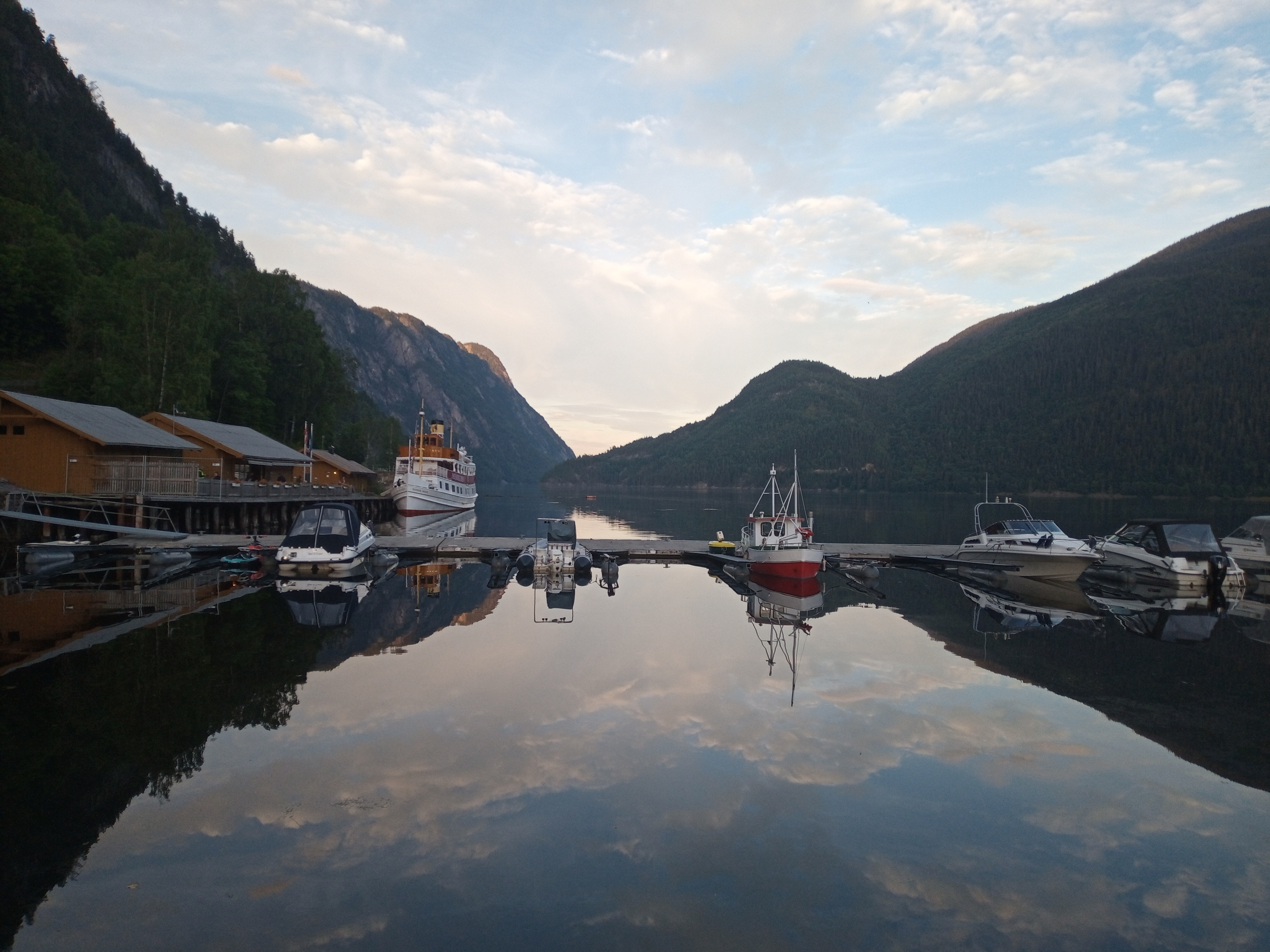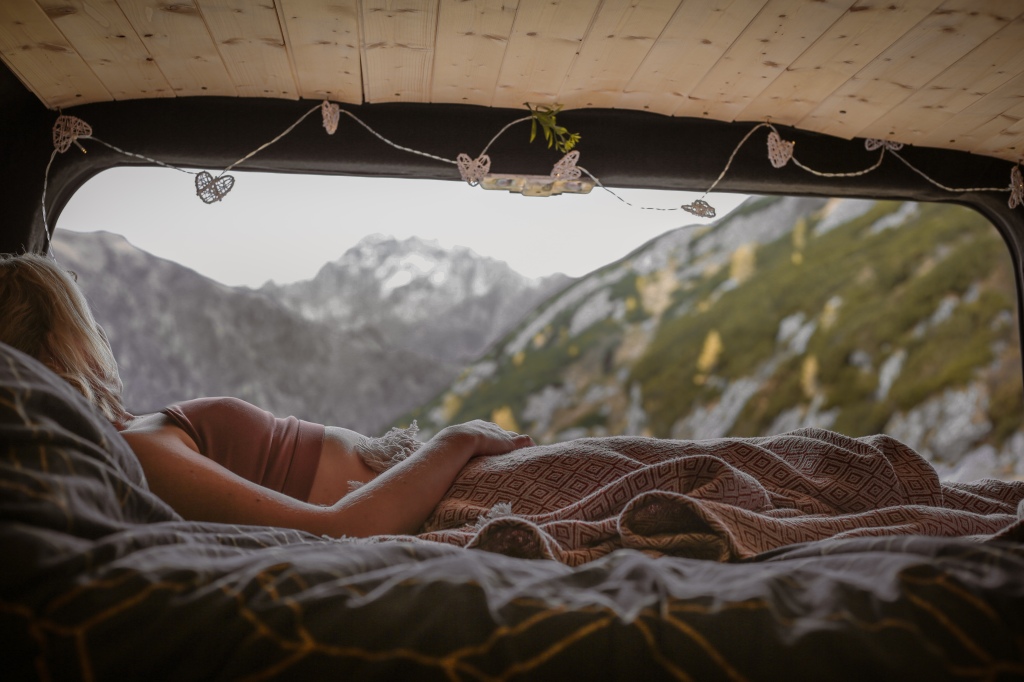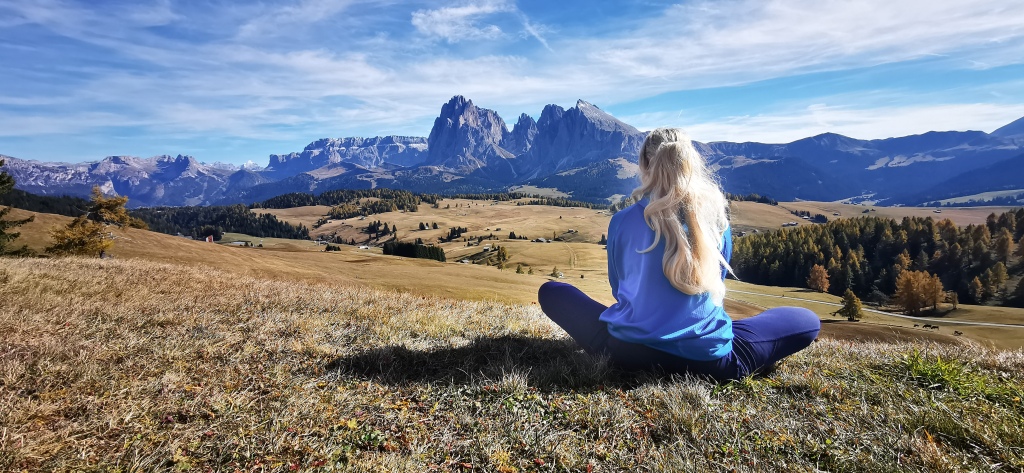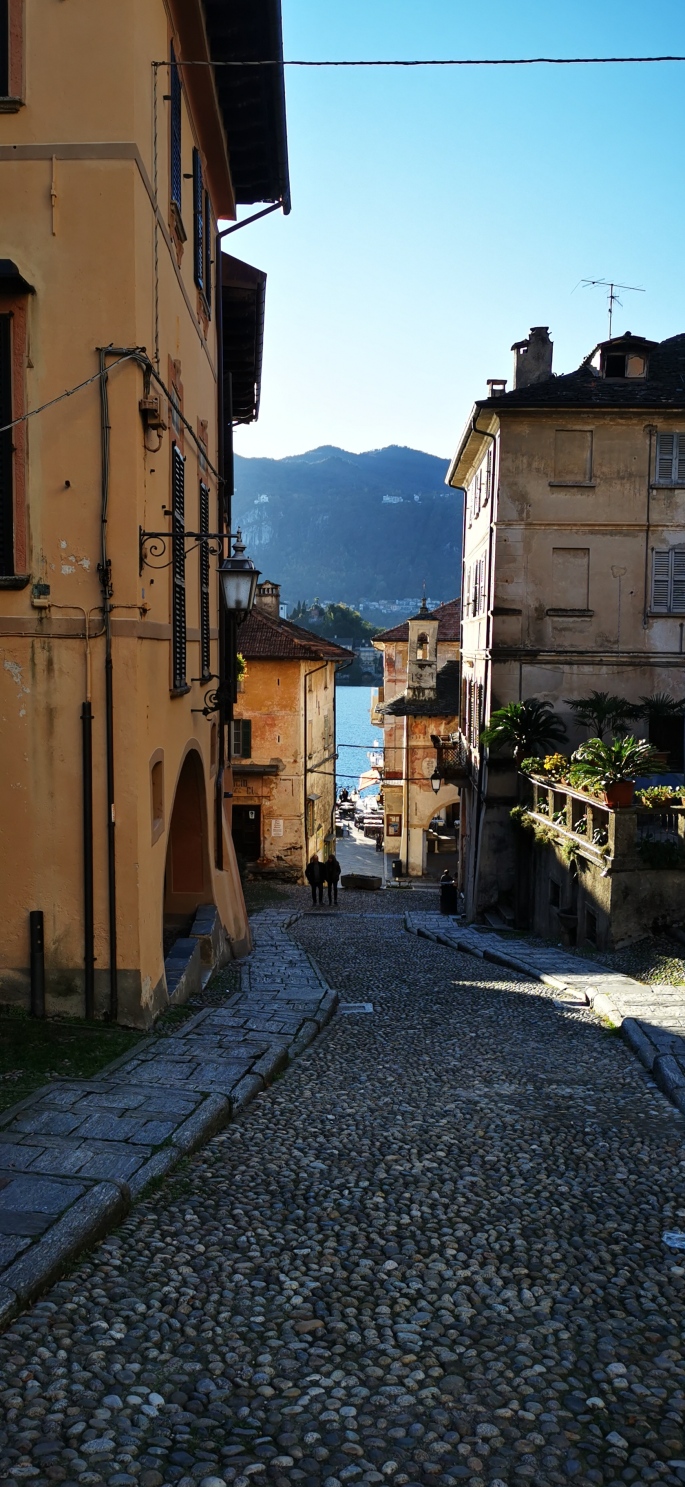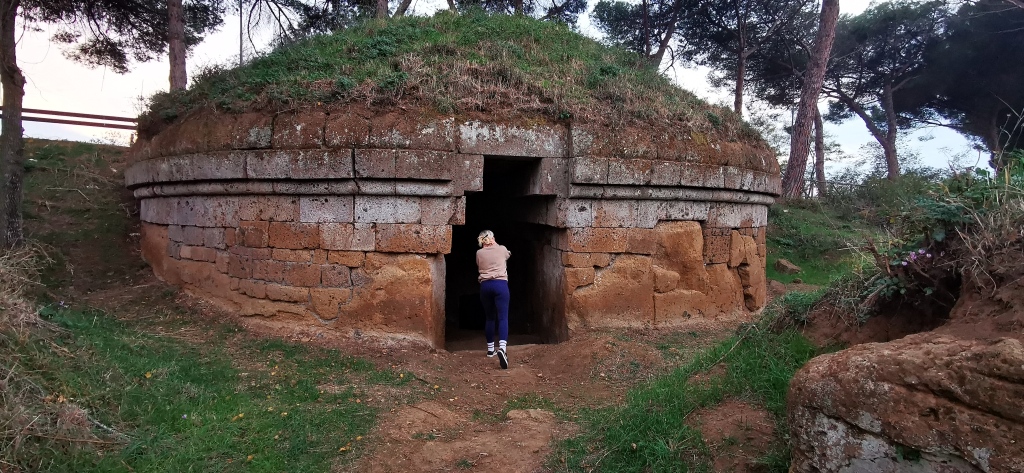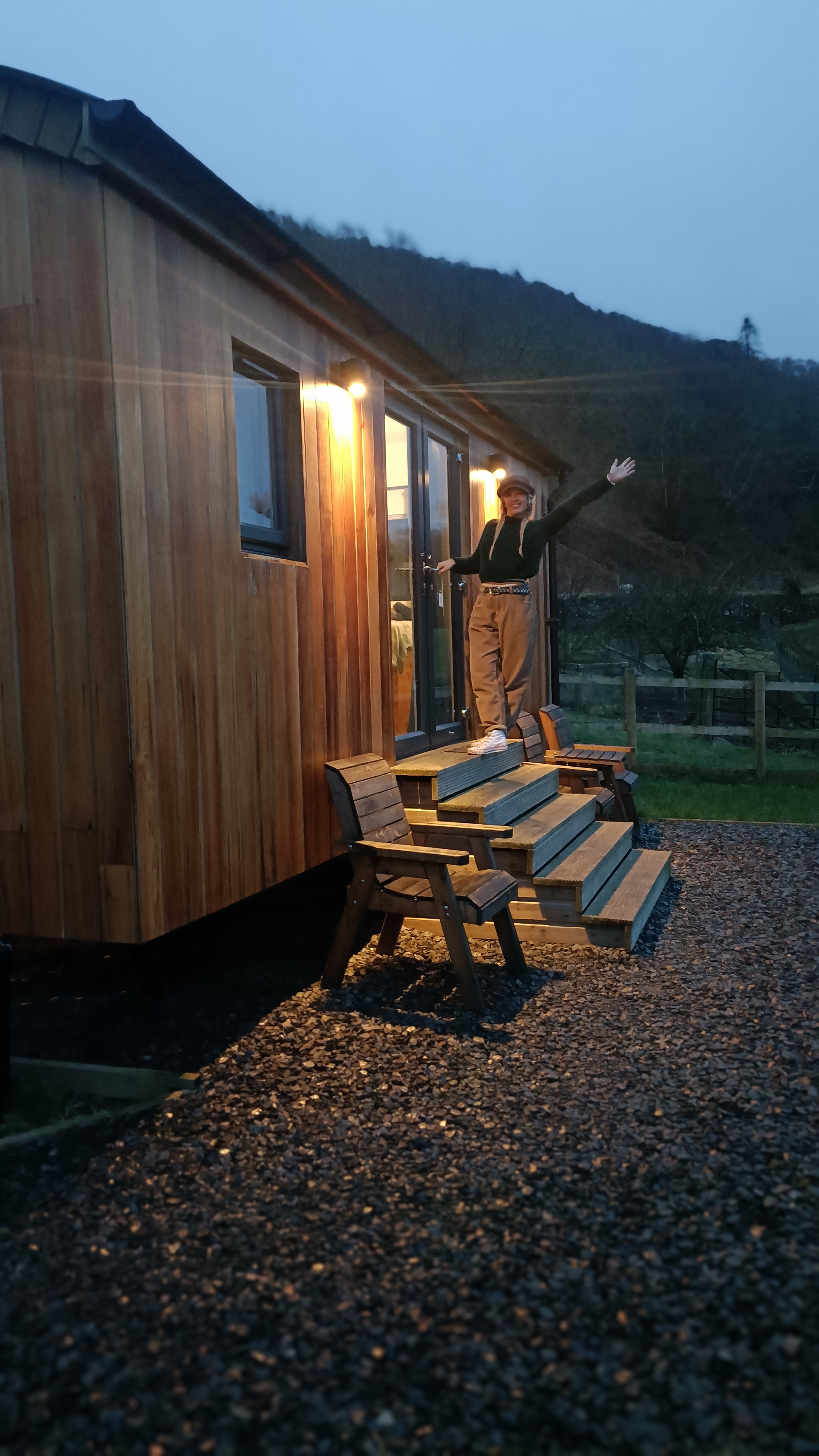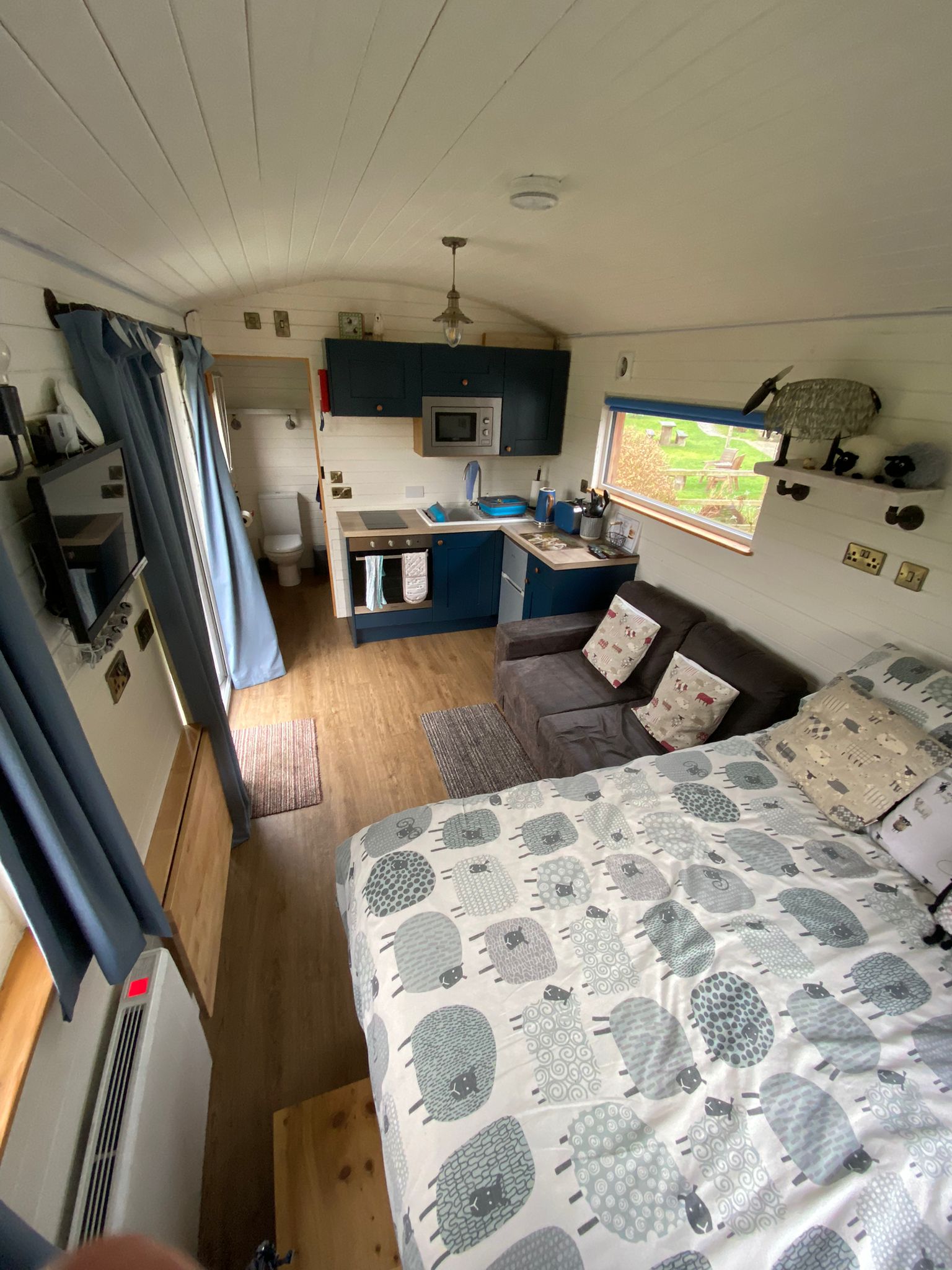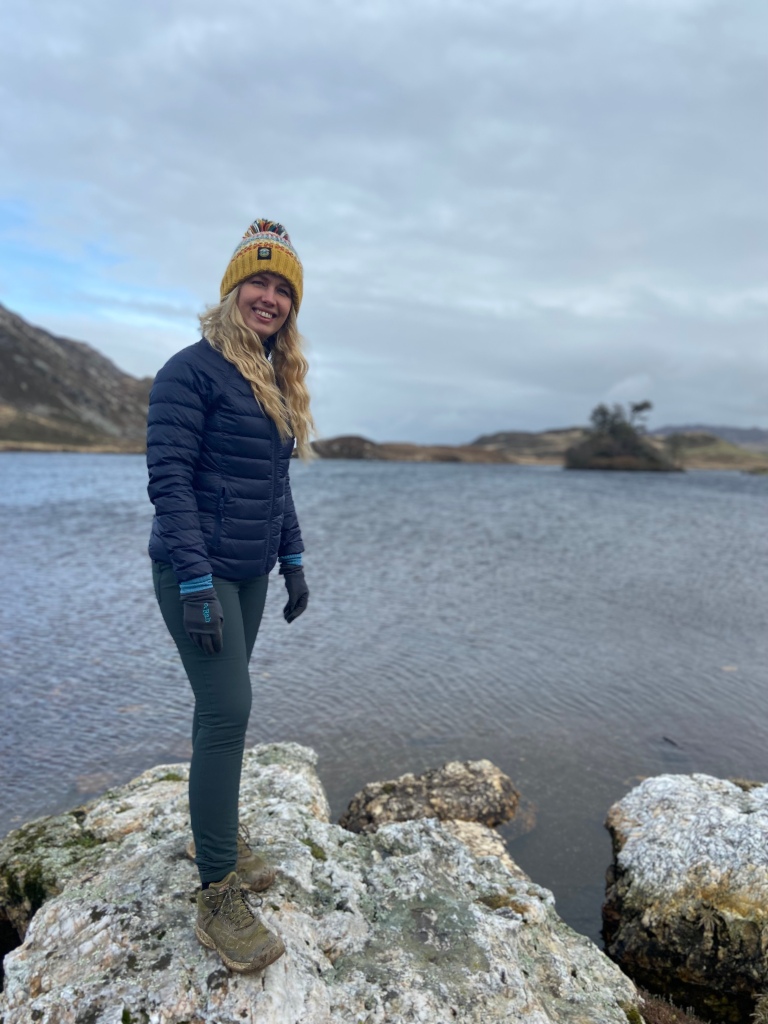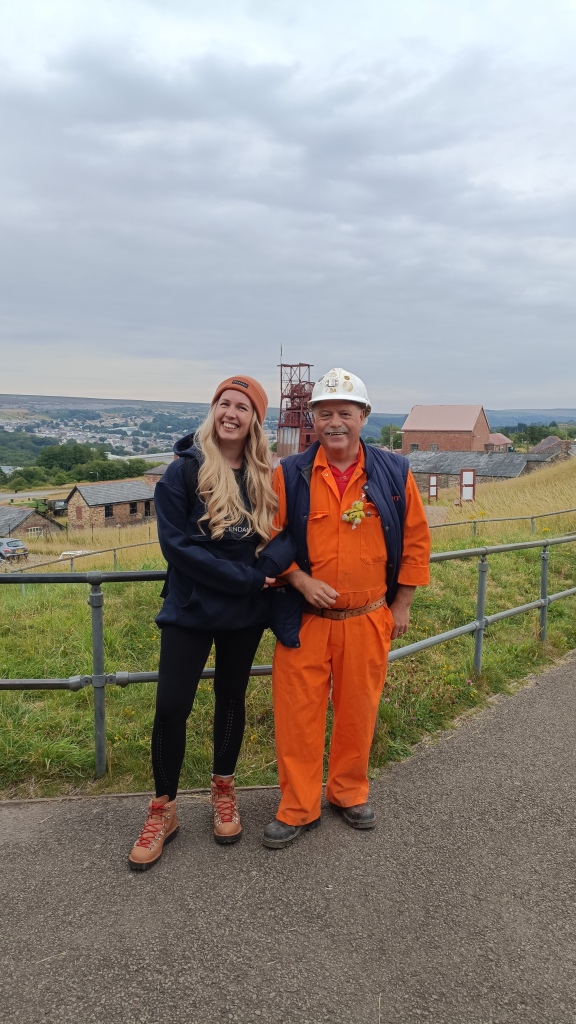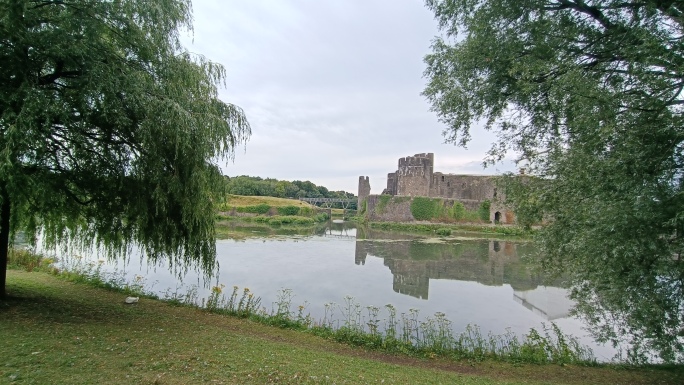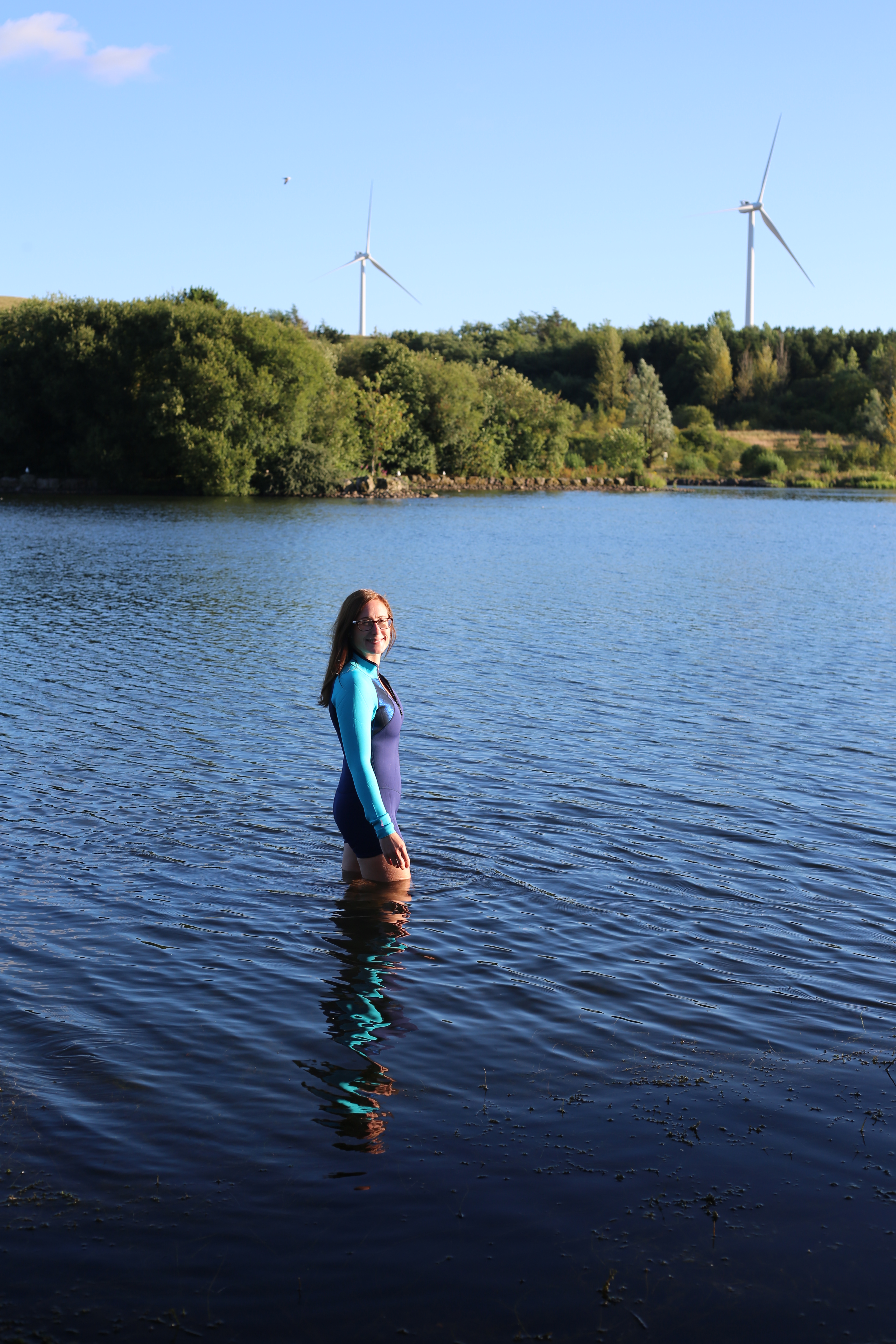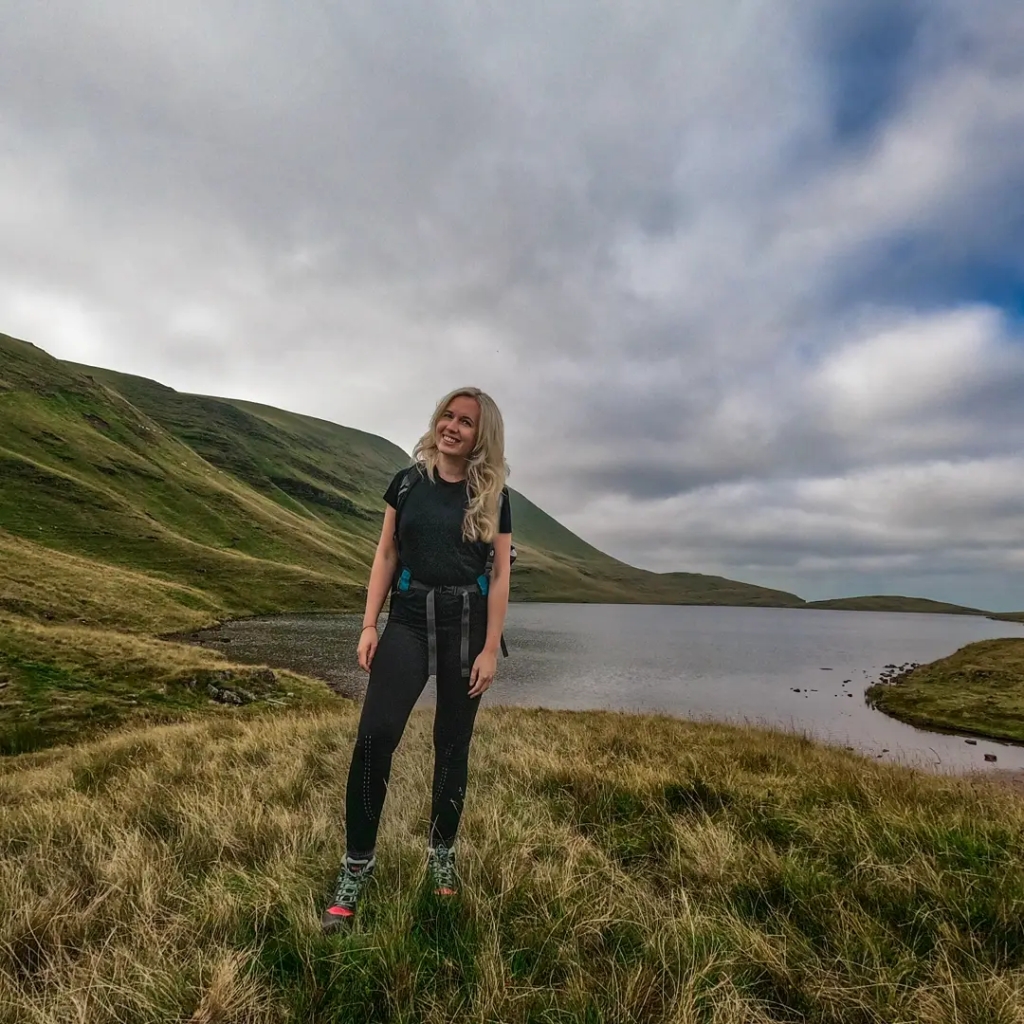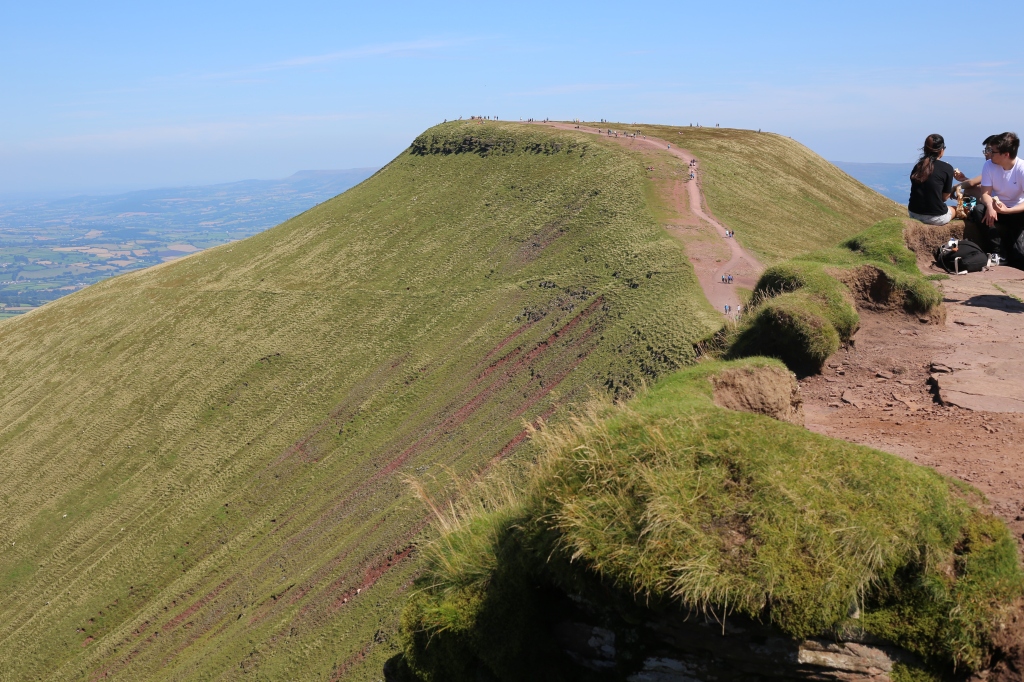
In recent years, the concept of “vanlife” has gained immense popularity as people seek to break free from the confines of traditional living and embrace a more nomadic and adventurous lifestyle. And what better way to celebrate this unique way of life than by attending vanlife festivals? In the United Kingdom, vanlife festivals have emerged as vibrant gatherings that bring together like-minded individuals to celebrate the freedom of the open road. In this blog, we’ll take you on a journey through some of the most exciting vanlife festivals in the UK.

My first experience of a vanlife festival this summer was VanlifeEatsBigPinic. It was a gifted experience, where I was asked to give a question and answer session with inspirational Adz Adventures in the main tent on the Saturday. was nothing short of unforgettable. I was so nervous about being up on stage, arriving at a festival when I don’t know anyone. Showing off my van when I’ve done all the diy myself I was so anxious I even thought about not going.

I gave myself a talking to, put on my girl pants and fastened my seatbelt and headed off to a little farm in Basingstoke. Nestled amidst the stunning natural beauty of the English countryside, this small vanlife gathering offered a perfect blend of adventure and community. The picturesque surroundings provided a breathtaking backdrop to our daily vanlife adventures, from exploring woodland and fields to embarking on scenic forging workshops. But what truly made this event special was the sense of camaraderie among fellow vanlifers. The campfire stories, shared meals, and the feeling of belonging to a tribe of adventurous souls were heartwarming. It was a celebration of freedom, self-discovery, and the joy of living life on the road.
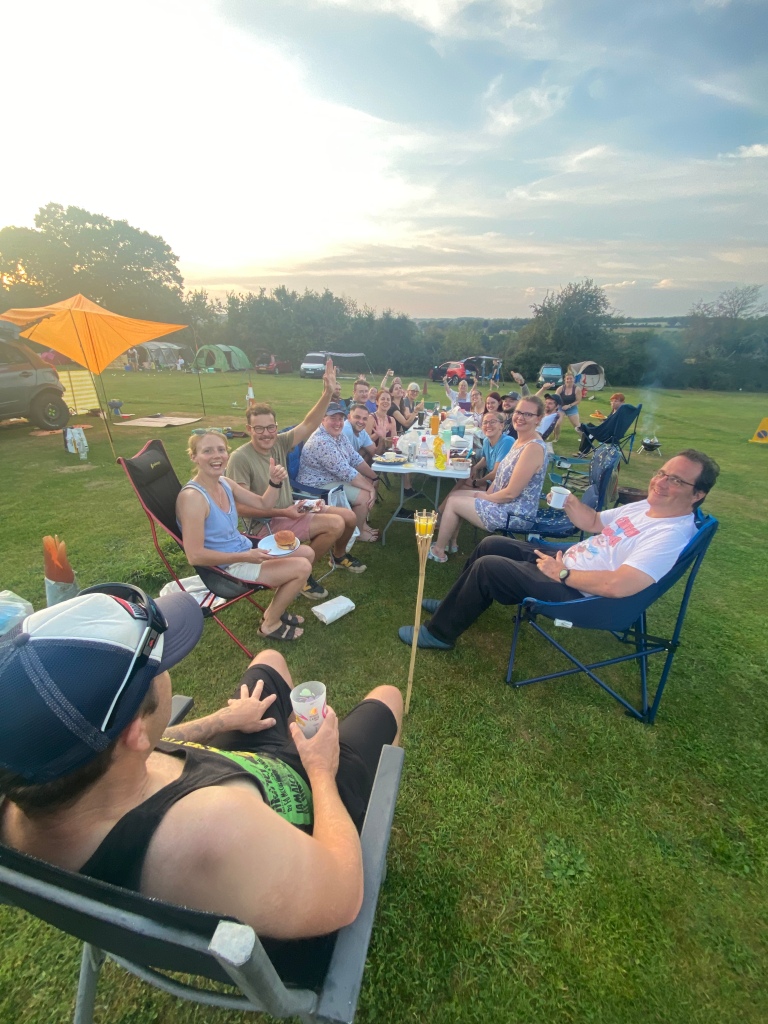
VanlifeEatsBigPinic wasn’t just an event; it was a testament to the beauty of vanlife culture and the lasting connections it fosters. I had been there less than less than hour and had met lots of people I follow on instagram and been welcomed to join groups for meals and attend talks and workshops. My talk went so well and we had a full tent! I had a great time dancing with new friends at the disco on the Sunday night and chilling out around the fireside. Since then I’ve been to a few vanlife meet ups such as the Compact Campervan event in the Costwolds and met up with friends I first met at my first festival.

If you are thinking of attending some events and festivals and don’t know where to start. Here’s my favourite festivals in the U.K as well
as VanlifeEatsBigPinic.
- Camp Quirky:
Camp Quirky is a delightful gathering of vanlifers that takes place in the heart of the English countryside. Hosted by Quirky Campers, a company specializing in bespoke campervan conversions, this festival offers an opportunity to connect with fellow van enthusiasts, attend workshops on van conversion and maintenance, and immerse yourself in the vanlife community. Whether you’re a seasoned vanlifer or just starting your journey, Camp Quirky has something for everyone.
- VanJamboree:
If you’re looking for a mix of live music, outdoor adventures, and vanlife camaraderie, VanJamboree is the place to be. Set in stunning locations across the UK, VanJamboree features live bands, campfire gatherings, and a range of outdoor activities such as hiking and paddleboarding. This festival embodies the spirit of freedom and adventure that vanlife represents.
- Vanlife Gathering:
The Vanlife Gathering is a grassroots movement that celebrates the simplicity and beauty of life on the road. Held in various locations throughout the UK, this festival is all about sharing stories, experiences, and tips with fellow vanlifers. It’s a chance to swap travel tales, learn from each other, and build lasting connections with people who share your passion for vanlife.
- The Adventure Overland Show:
While not exclusively a vanlife festival, the Adventure Overland Show is a must-visit event for anyone interested in off-road adventures and overlanding. Held in the picturesque Stratford-upon-Avon, this show brings together a diverse range of vehicles, from camper vans to rugged off-road vehicles. It’s a fantastic place to discover new gear, attend workshops, and connect with overland enthusiasts.
- Vantastival:
For those seeking a dose of vanlife with a dash of music, Vantastival in Ireland (just a short ferry ride away) is an excellent choice. This festival combines the best of both worlds, featuring live bands, workshops, and a vibrant community of van enthusiasts. It’s an ideal opportunity to revel in the vanlife spirit while enjoying great music and entertainment.

Vanlife festivals in the UK offer a unique opportunity to connect with a community of like-minded individuals who share a passion for adventure, freedom, and life on the open road. Whether you’re a seasoned vanlifer or a curious newcomer, these festivals provide a welcoming and inclusive space to learn, share stories, and forge lasting connections. So, pack your bags, hit the road, and join the celebration of vanlife at one of these exciting gatherings. The journey is as rewarding as the destination, and the vanlife community is waiting to welcome you with open arms. Honestly I couldn’t recommend it enough!
